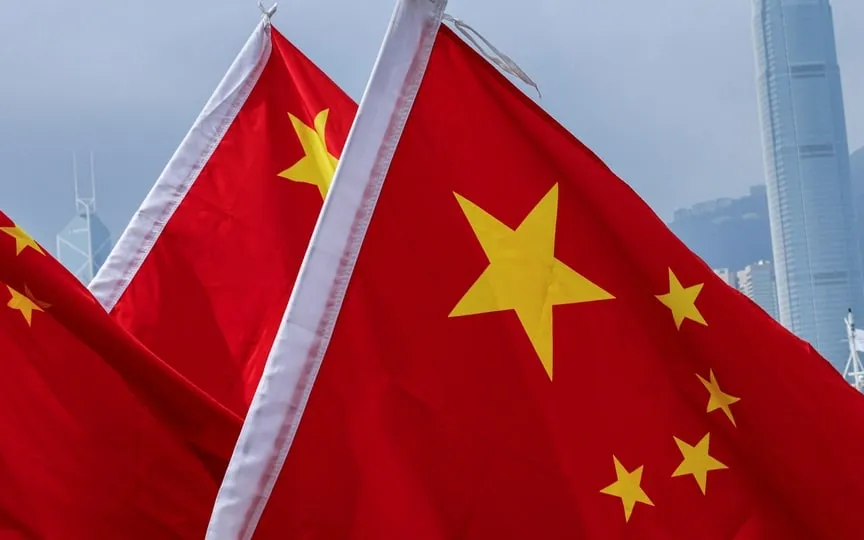China Proposes Joint Lunar Exploration as Time Runs Out
China, with aspirations to become a prominent space force by 2030, has initiated collaboration with international partners for a crucial lunar mission. This move comes as the deadline approaches for establishing a lasting habitat on the moon’s south pole.
China welcomes countries and international organizations to join its Chang’e-8 unmanned mission and jointly implement “mission-level” projects, the China National Space Administration (CNSA) said at the 74th International Space Congress in Baku, Azerbaijan, on Monday.
The mission-level projects mean China and its international partners could launch and operate their spacecraft, conduct spacecraft “interactions” and jointly explore the lunar surface, according to details posted on the CNSA website.
International partners are also welcome to “piggyback” on the Chang’e-8 mission and independently deploy their own modules after the Chinese spacecraft lands, CNSA said.
Those concerned must send the letter of intent to CNSA by December 31. The final selection of the proposals will come in September 2024.
The Chang’e-8 mission will follow Chang’e-7 in 2026, which also aims to search for lunar resources at the moon’s south pole. These two missions will lay the foundation for the Beijing-led International Lunar Reconnaissance Station (ILRS) to be built in the 2030s.
China, which sent an unmanned probe to the moon with the Chang’e-5 mission in 2020, plans to send an unmanned Chang’e-6 probe to the far side of the moon in the first half of 2024 to retrieve soil samples.
China’s goal is to land astronauts on the moon by 2030.
China’s timeline for building an outpost at the South Pole coincides with NASA’s more ambitious and advanced Artemis program, which aims to return US astronauts to the lunar surface by December 2025, barring delays.
The 2025 Artemis 3 mission will land two U.S. astronauts on the moon’s south pole, an area no one has visited before. The last time a man stepped on the moon was in 1972 as part of the US Apollo program.
Manned Artemis 4 and 5 missions are planned for 2027 and 2029, respectively.
US law prohibits NASA from working directly or indirectly with China.
As of September, 29 countries – including India, which landed a probe near the moon’s south pole in August – have signed the Artemis Accords, an agreement drawn up by NASA and the US State Department that aims to set standards of behavior in space and on the moon. surface.
China and Russia have not signed the agreement.
So far, China has secured the participation of its own lunar station program only from Russia and Venezuela.




